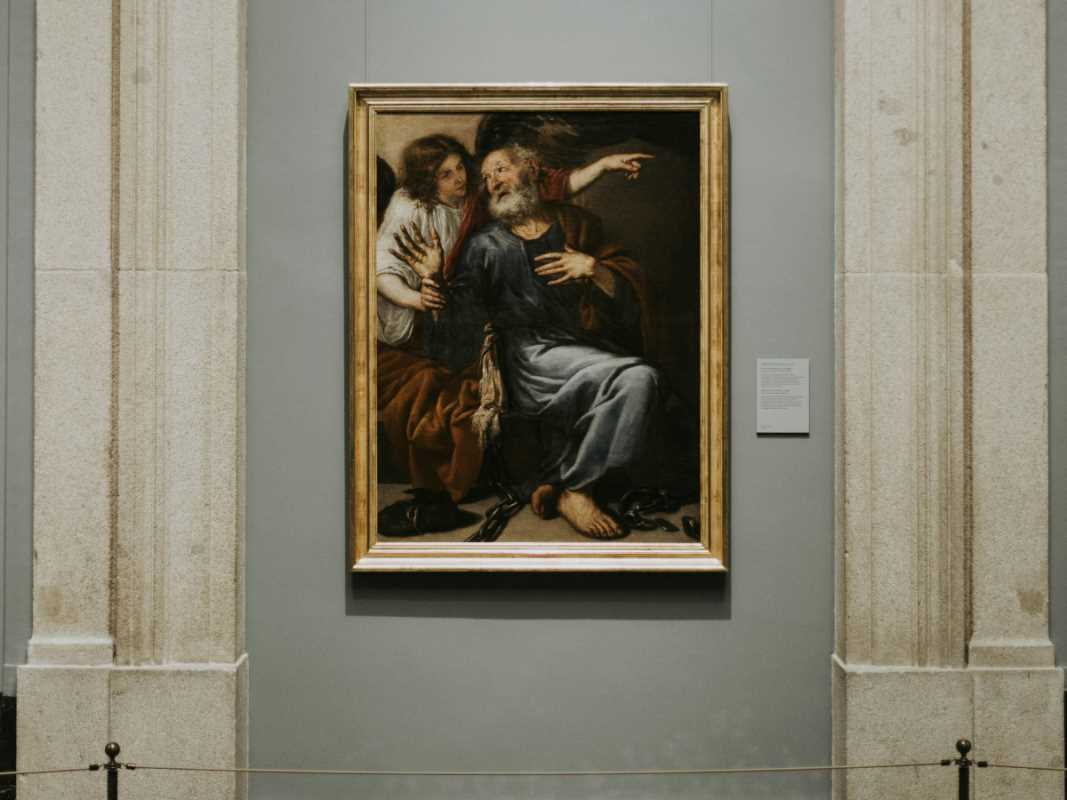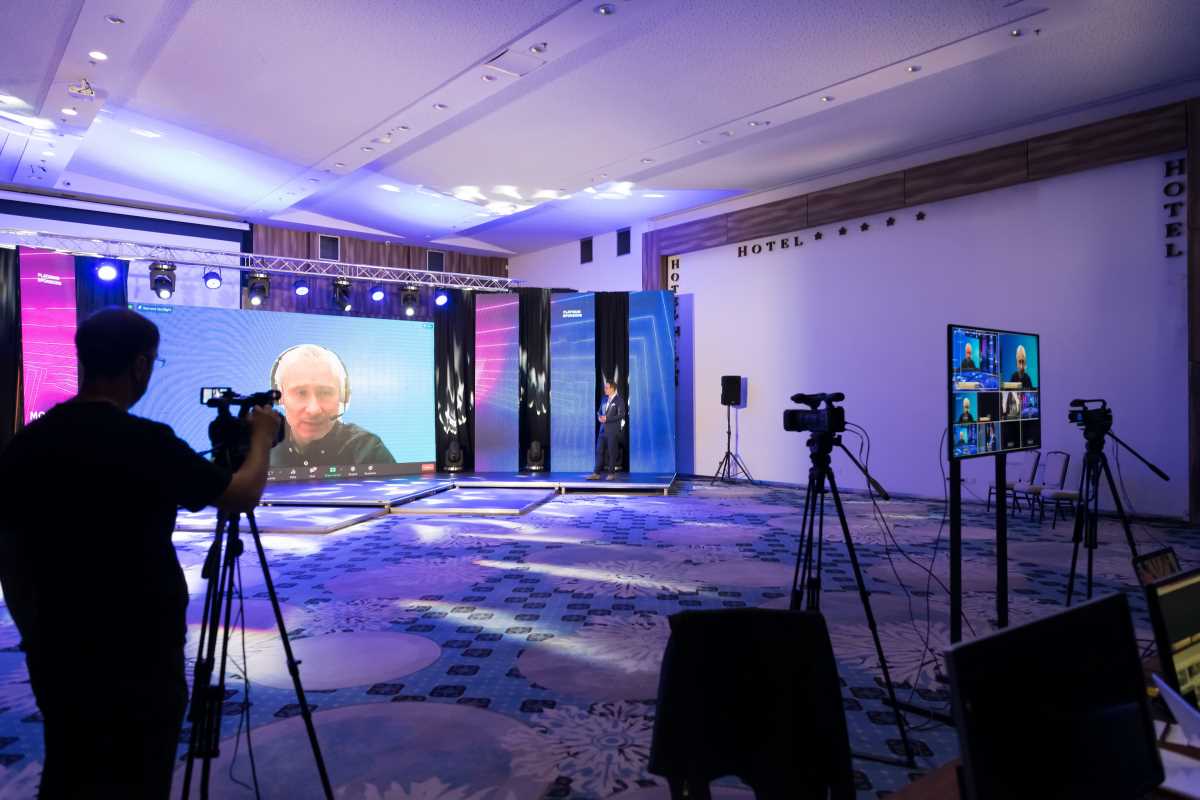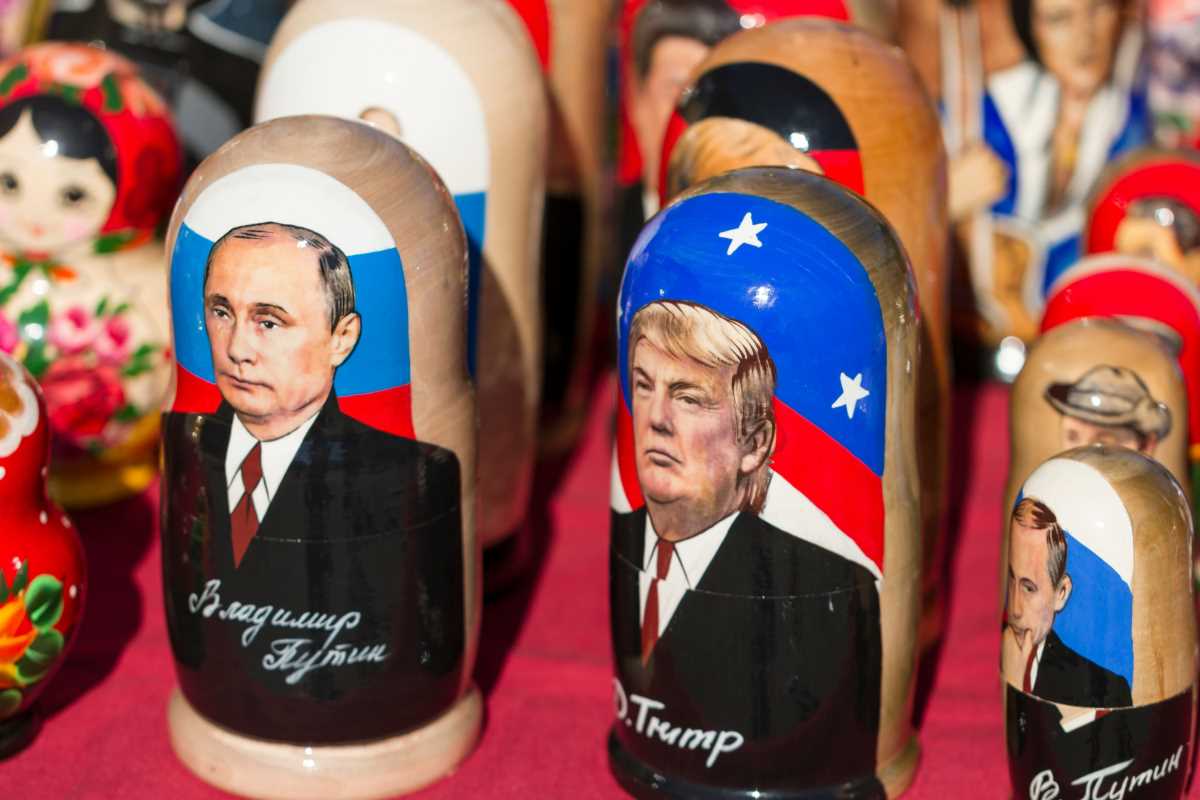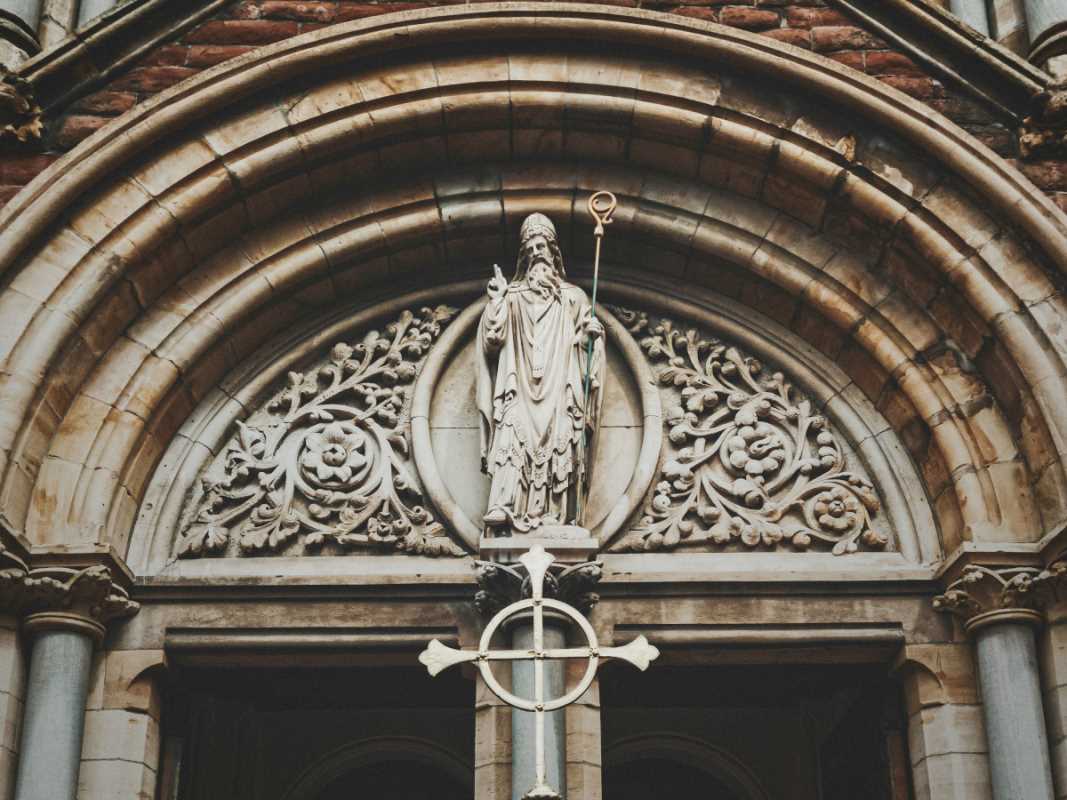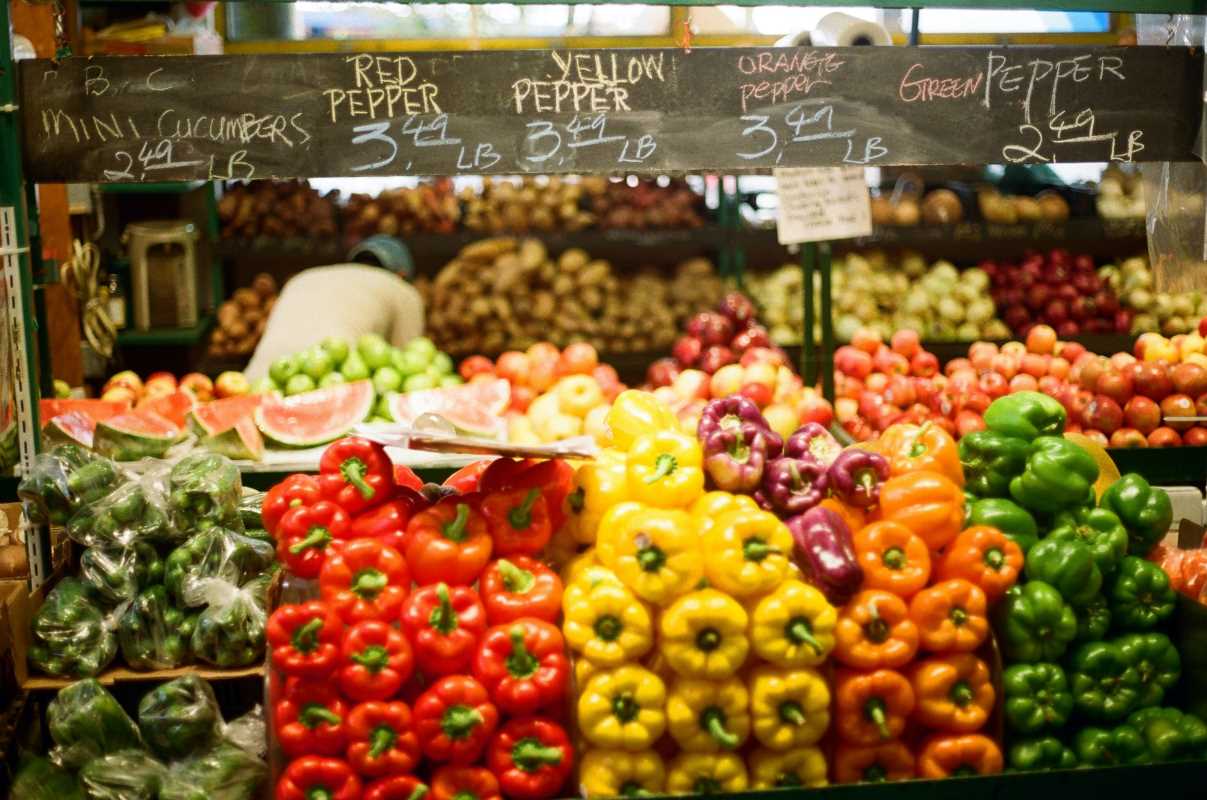Frieze Los Angeles 2024 promises a spectacle of creativity, innovation, and social commentary, but its most compelling storyline might not be hanging on the gallery walls. This year, the fair is expected to shine a spotlight on the politics of inclusion, raising profound questions about the art world’s commitment to diversity and representation. While progress has been made, achieving inclusivity in a historically exclusionary industry remains a complex, sometimes fraught endeavor. Frieze, with its platform that stretches beyond artists to galleries, collectors, and audiences, is uniquely positioned to influence and challenge the conversation.
By addressing themes of identity, intersectionality, and accessibility, Frieze Los Angeles 2024 hopes to do more than curate beautiful objects; it aims to address pressing issues of representation. But how deep does the art industry's commitment go? Is inclusion a genuine aspiration, or just the latest talking point in a world increasingly driven by performative gestures? Here, we examine the key dynamics at play, along with the opportunities and hurdles in crafting a more inclusive art world.
Breaking Down Barriers at Frieze Los Angeles
Art fairs have, for decades, been regarded as elite playgrounds, traditional strongholds for affluent collectors and blue-chip galleries. Frieze Los Angeles has been no exception, often attracting a crowd whose demographics reflect the narrow corridors of power. But in recent years, cracks have started to appear in the industry's gilded frame as Frieze has made concerted efforts to widen participation.
This year’s fair promises a more diverse lineup of galleries, including greater representation from regions and communities that have historically been marginalized. Galleries representing artists indigenous to the Global South, queer creators, and voices from the African diaspora are expected to make strong showings. These efforts highlight not just the changing content of art but also the expanded platforms through which it’s being showcased.
The idea is simple, though not easy to achieve. By providing equitable access to the same platform as their more established peers, previously underrepresented artists have the opportunity to command attention on equal footing. This benefits audiences too, exposing them to a richer, more complex understanding of what art can do and say. However, some question whether the inclusion of diverse artists risks being reduced to mere tokenism, particularly if institutional barriers remain entrenched.
Still, inclusion at events like Frieze is not just about who gets to exhibit; it’s about crafting an atmosphere that feels genuinely welcoming to varied audiences. Efforts to diversify curatorial representation, expand outreach programs, and address financial barriers to entry are steps in the right direction. But these changes need to become systemic rather than sporadic, driven by long-term commitment rather than the fleeting trends of cultural whimsy.
Tackling Bias Within the Industry
The art world, for all its vibrancy, is not immune to the biases that shape other institutions. Historically, many galleries and museums have operated as gatekeepers rather than gateways, deciding which artists “deserve” to be seen and collected. Decisions are often shaped by the tastes of an overwhelmingly affluent, Western, and predominantly white audience, leaving others sidelined.
These biases manifest in numerous ways. Art by women, artists of color, and gender-nonconforming creators has been underpriced and undervalued compared to works by their white, male peers. When the statistics are laid bare, they paint a disheartening picture of just how discriminatory the art market and museum acquisitions can be. For example, major museums’ permanent collections remain heavily dominated by works from European masters, even as contemporary markets slowly open to new voices.
Frieze’s commitment to showcasing “underrepresented” voices is an acknowledgment of these systemic inequities. However, critics argue it’s not enough for art fairs to merely highlight diverse works; there must also be mechanisms to support artists’ careers long-term. This means mentoring new talents, building robust gallery relationships, and ensuring fair market valuation for all creators. Diversity initiatives must graduate from being surface-level to tackling the structural inequalities that dwarf true progress.
Practical steps toward biased-free representation in the art world:
- Supporting fair market pricing for underrepresented artists.
- Ensuring that acquisitions committees reflect diverse perspectives.
- Creating mentorship opportunities for emerging artists from marginalized communities.
- Building funding models that reduce financial barriers for both artists and patrons.
- Addressing inequities not only in exhibitions but also in art history education to reframe cultural narratives.
The art world is, thankfully, seeing a growing number of leaders committed to changing the narrative. Collectives, dealer collaborations, and nonprofit initiatives have begun to amplify the importance of challenging long-standing stereotypes. These pioneers emphasize that diversity is not a trend to be curated but a permanent recalibration of the field’s foundations.
Celebrating Inclusion Beyond Representation
While representation is critical, diversity in the art world encompasses more than who gets to hang their work on gallery walls. It’s also about whose stories are being told and how narratives intersect to create new meaning. Frieze Los Angeles 2024, for instance, has already teased thematic shows spotlighting intersectionality in ways that disrupt singular narratives of identity.
From exploring indigenous futurism to examining the complexities of belonging in diasporic communities, the works being highlighted this year recognize that no identity exists in isolation. By moving beyond static categories like race or gender, artists can present fluid interpretations that resonate across boundaries. This creative expansion allows audiences to explore broader questions, such as how technology mediates cultural expression or how migration reshapes material traditions.
Still, challenges abound. Art collectors looking to capitalize on diversity often prioritize trend-driven acquisitions, which risks limiting artists to particular genres deemed “authentic.” This pressure to conform stifles innovation and forces creators into narrowly-defined boxes, stalling the potential of meaningful inclusion. Frieze, meanwhile, must tread carefully to ensure that its efforts don’t reinforce the commercialization of marginalized identities but instead foreground the complexity of their lived experiences.
For inclusion to be truly effective, it must evolve beyond representation into stewardship. Supporting diversity means viewing artists not as commodities but as cultural leaders whose voices enrich societies far beyond the canvas. This ethos, if embraced unapologetically, could redefine how art fairs, including Frieze, operate moving forward.
The Role of Institutions in Shaping New Narratives
Art fairs like Frieze might act as high-profile incubators for inclusion, but broader change depends on larger institutions taking responsibility. Museums, auction houses, and educational programs must work collaboratively to decolonize art histories and reshape cultural hierarchies. Institutions hold immense power through exhibitions, acquisitions, and scholarship to redefine art as more inclusive.
For instance, building an equitable art world requires investing in historically underfunded art schools that cater to marginalized communities. Institutions should ensure their boards and leadership teams represent a range of cultural perspectives. Staff training programs focusing on the impact of unconscious bias in curation, acquisitions, and programming can also make a significant difference.
Then there’s the question of audience engagement. Too often, institutions prioritize elite circles of connoisseurs over community engagement, perpetuating the exclusivity of art. Public access programs, innovative outreach strategies, and the integration of local community stories into exhibitions are all ways to bridge the cultural gap between institutions and diverse audiences.
Frieze Los Angeles can play a catalytic role by building partnerships with global cultural institutions to amplify these shared goals. But whether this potential translates into action is contingent on moving beyond short-lived initiatives toward meaningful, systemic shifts.
Walking the Fragile Line Between Progress and Posturing
The conversation about inclusion in the art world is far from new, but the pressure to act meaningfully has never been greater. Frieze Los Angeles 2024 signals a moment of ambition, an opportunity to rewrite art’s relationship with representation and equity. However, that ambition must be tempered with careful reflection about what genuine progress requires.
Critics often point to the art world’s penchant for performative activism. A diversity-themed booth here or a social justice panel there isn’t enough to counterbalance years of exclusion. The way forward is to institutionalize mechanisms that ensure diversity becomes an essential principle of how the field operates, not just a buzzword.
Perhaps what’s most exciting about events like Frieze Los Angeles is their ability to stimulate dialogue. Art, as a mirror to society, can provoke difficult questions and challenge entrenched norms. But if the art world truly hopes to practice what its inclusivity rhetoric preaches, it will need to dismantle its old power structures. Only then will it meet the ideals that exhibitions like Frieze so often aspire to reflect.
Frieze 2024, with its commitment to inclusion, holds promise. Whether that promise materializes into sustainable progress may ultimately depend on a collective willingness to confront both the politics of exclusion and the demands of equity with unflinching honesty and real action.
